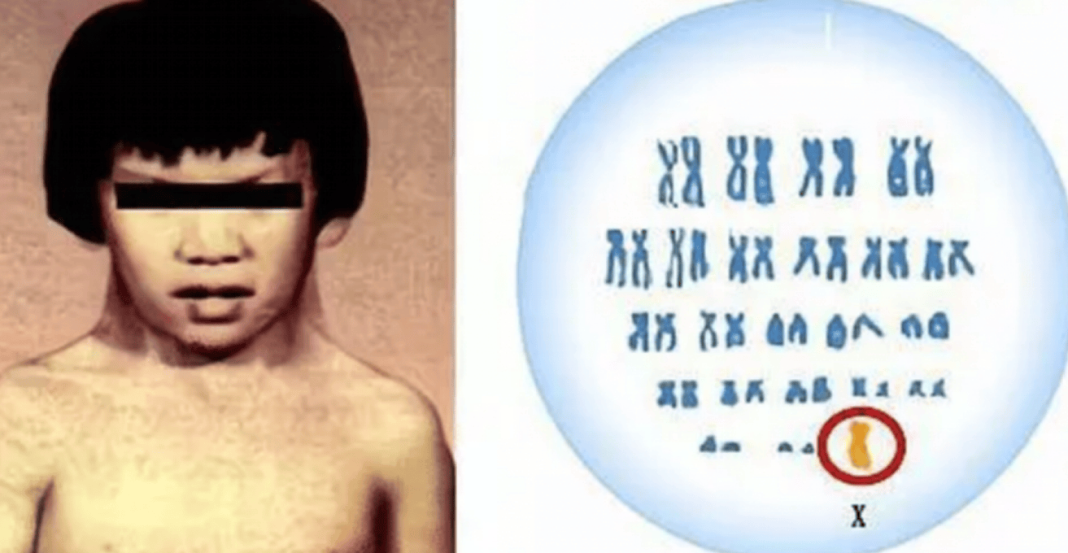“Director Liu, I have a chromosome pattern of 45,X0; the Y chromosome is missing. Does that mean I can’t have children?”
As soon as Mr. Li entered the examination room, he eagerly presented his test report to Dr. Liu Huang, the deputy director of the urology department at Guangdong Provincial Reproductive Hospital.
It turns out that 29-year-old Mr. Li, who has been married for five years, has been unable to conceive a child. After going to a local hospital for an examination, he discovered: **no sperm was seen after centrifugation, and the chromosomal karyotype turned out to be 45,X0, with the Y chromosome missing. Based on a recommendation from local doctors, Mr. Li came to the expert clinic of Dr. Liu Huang at Guangdong Provincial Reproductive Hospital. It is reported that the vast majority of such patients are female, and 45,X0 males are extremely rare, with only about 30 documented cases worldwide.
45,X0 males are extremely rare
After a thorough examination, Dr. Liu Huang found that Mr. Li’s external genitalia were normal, but both testicles were slightly smaller, about 6 milliliters, with several routine tests indicating **no sperm was seen after centrifugation. Dr. Liu stated: “This is a case of non-obstructive azoospermia, consistent with the clinical diagnosis of male Turner Syndrome.”
What is 45,X0? It is referred to as “Turner Syndrome,” clinically known as congenital ovarian dysgenesis or primary testicular failure. The vast majority are female patients, while 45,X0 males are extremely rare, with only about 30 documented cases worldwide.
Prof. Liu Huang explained that when a male’s chromosomal karyotype is 45,X0, it is referred to as “male Turner Syndrome,” primarily caused by the absence of the Y chromosome. It is mainly characterized by primary gonadal dysgenesis, reduced fertility, infertility, or azoospermia, with observable underdeveloped external genitalia, small testicles, etc. Some patients may also exhibit cryptorchidism, hypospadias, and growth retardation.
Where did the Y chromosome go?
Where exactly has the Y chromosome of patients with “male Turner Syndrome” gone? Dr. Liu pointed out that the Y chromosome is unique to males and serves as a distinguishing marker between males and females. The Y chromosome contains many male-related genes, including those associated with spermatogenesis and sex determination.
Common recombination patterns in the conventional meiotic division process of reproductive cells include Y-Y gene conversion and X-Y gene conversion. Individuals formed through either X-Y or Y-Y recombination patterns can be examined for specific genetic markers to determine the loss of certain genes during exchange and recombination. Subsequent supplementary examinations revealed that Mr. Li’s spermatogenesis genes (AZF gene) and sex determination-related genes (SRY gene) showed no deletions, but his Y chromosome was completely absent.
Although Mr. Li completely lost his Y chromosome, the spermatogenesis genes (AZF gene) and sex determination-related genes (SRY gene) within the Y chromosome were exchanged and retained during the recombination process. Due to the presence of the SRY gene, Mr. Li was able to develop as a male individual, thus exhibiting the atypical physical appearance of Turner Syndrome patients, that is, the unique physique associated with “male Turner Syndrome.”
Can a male with 45,X0 have children?
After detailed supplementary examinations and analyses, there were no deletions found in Mr. Li’s spermatogenesis genes (AZF gene). Consequently, Dr. Liu Huang prescribed a treatment plan for “microsurgical sperm retrieval from the testis,” successfully obtaining precious sperm from his underdeveloped testicles, thus resolving his fertility concerns.
It can be said that Mr. Li is fortunate; although he lost the entire Y chromosome, he retained important genes on both the short and long arms of the Y chromosome, allowing him to maintain male characteristics and fertility.
By | Reporter Zhang Hua, Correspondents Zhang Jing, Cai Jiaqi
Image | Provided by the interviewee


